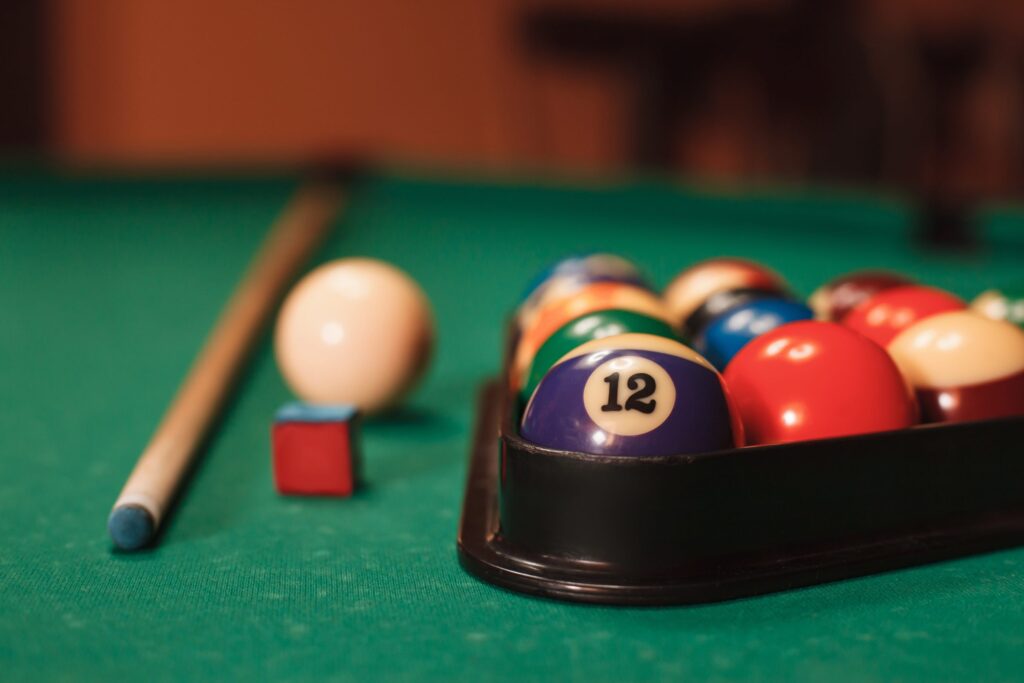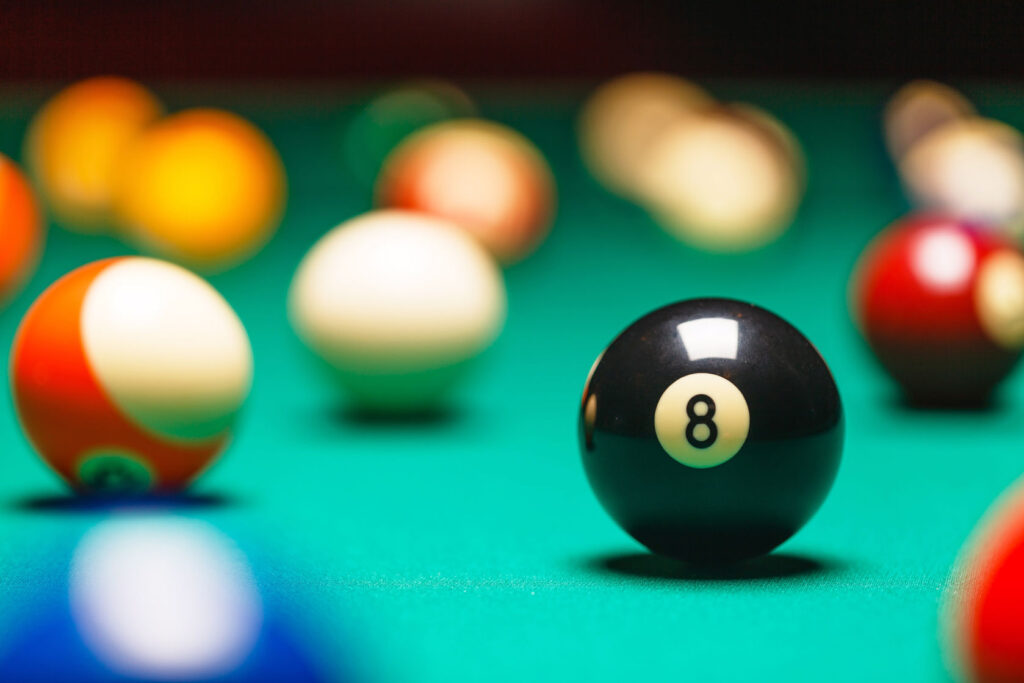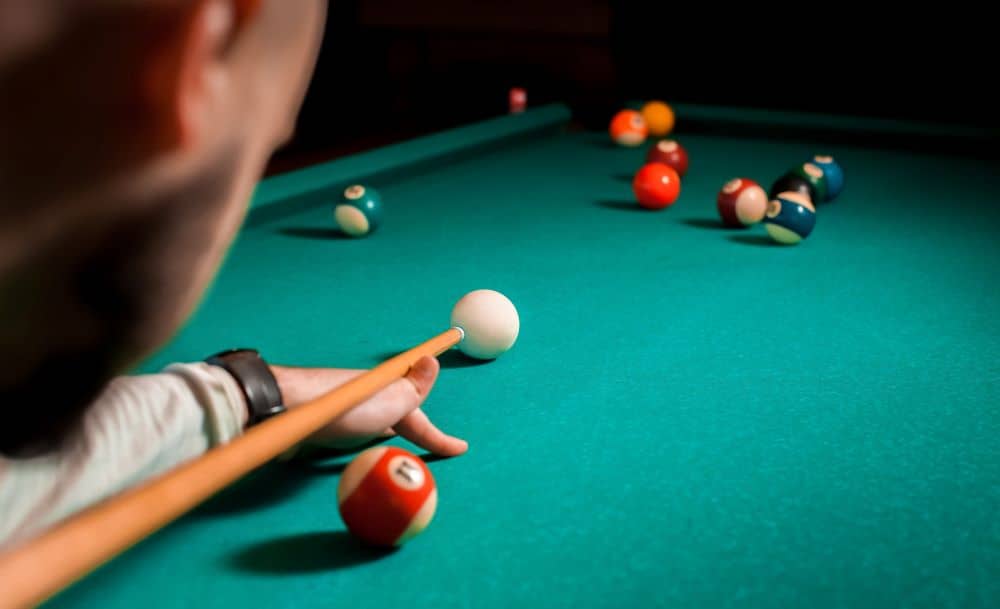Table of Contents
ToggleBall pool
Ball pool indroduction
8-ball pool is played with one white “cue ball” and 15 numbered balls – including one black “8-ball.” One player is trying to pocket the solid-Multiple colored balls (“solids,” numbered 1-7) while the other player tries to knock in the striped balls (“stripes,” numbered 9-15). A player cannot sink the 8-ball until he or she user has pocketed all of the appropriate balls (stripes or solids). The first player to pocket the 8-ball winner of the game.
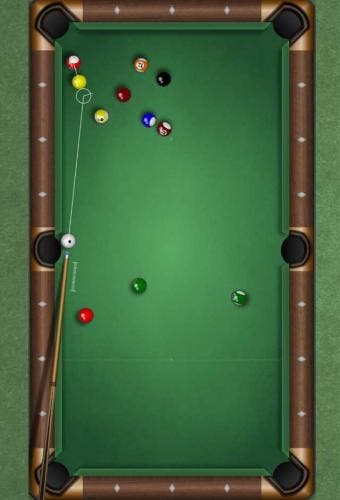
Setting up of the games
Understand the basics of ball pool: 8-ball pool is a game played with a cue ball and 15 “object balls,” numbered 1 through 15. One player must pocket balls of the group numbered 1 through 7 (solid colors), while the other player has 9 through 15 (stripes). To win, you must be the player to pocket either group first, and then legally pocket the 8-ball pool.
- Find the head spot of ball pool: Look for a small dot or triangle in the lateral center of the felt, about a quarter of the way down the length of the table. This is where you will place the cue ball to begin the game. The line that runs through this point is called the “head string.”
Rack the ball pool: Find the triangular ball pool rack and place the 1-15 balls inside. Arrange the rack at the opposite end of the table from the head spot, with one corner of the triangle facing the break. Make sure that the rack is laterally centered along the foot string. Then, when you are ready to play, remove the racking frame so that only the balls remain.
Learn the lingo: Ball Pool is rich with unique terminology that can be difficult for new players to understand. Reference the terms as you learn to play. If you aren’t sure what something means, ask a veteran pool player to clarify.
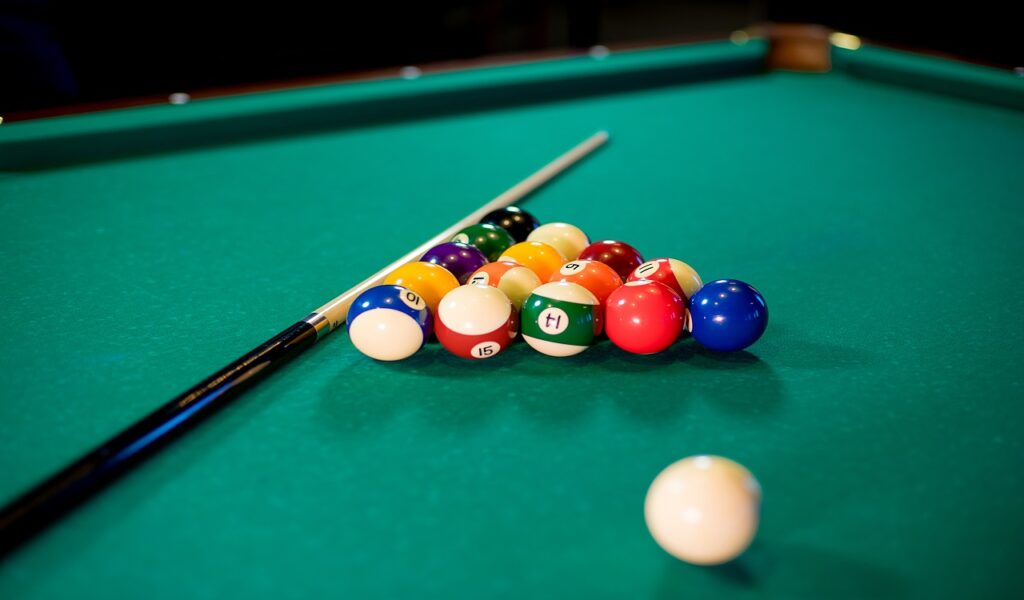
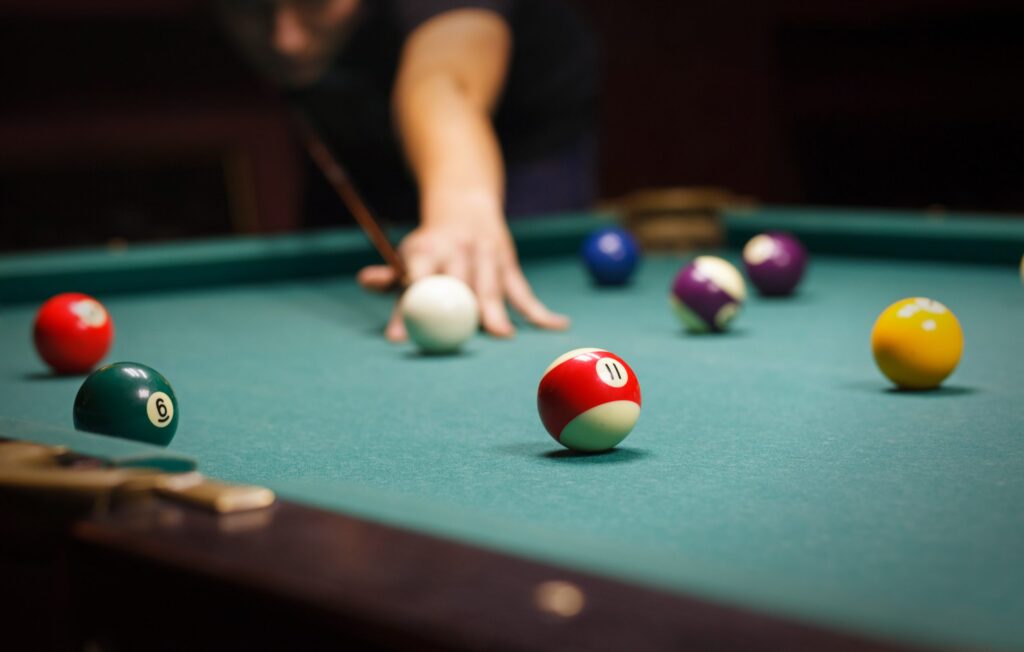
Playing the ball pool
Keep shooting until you fail to pocket a ball pool: If you are shooting on “stripes,” and you make the striped 12 balls, then it is still your turn. Try to pocket another striped balls. If you successfully pocket another striped ball on your next shot, then you can shoot again. As soon as you scratch or miss the pocket, however, it immediately becomes your opponent’s turn.
Pocket all of the balls in your group: If you are shooting “solids,” then try to make all of the balls numbered 1-7 so that you can pocket the 8-ball. If you are shooting “stripes,” then make all of the balls numbered 9-15. If you make your opponent’s ball, then your turn ends in a scratch.
- Call your shots.In many official ball pool games, players must call each shot they take in order for that shot to be legal. This means: before each shot, announce which ball you are going to knock into which pocket. You might say, “4-ball, corner pocket,” and indicate with your pool cue to make it clear which pocket you mean. If you are playing a casual game of pool with friends, then there is no need to call your shots.
Pocket the ball pool:You can only legally shoot at the 8-ball pool once you have made all of the other numbered balls in your group (stripes or solids). Make sure to call your pocket Look over the table and decide which pocket will be the easiest place to sink the 8-ball. Then, announce where you are going to pocket the 8-ball before you shoot. If you are the first to legally pocket the 8-ball, then you win the game.
